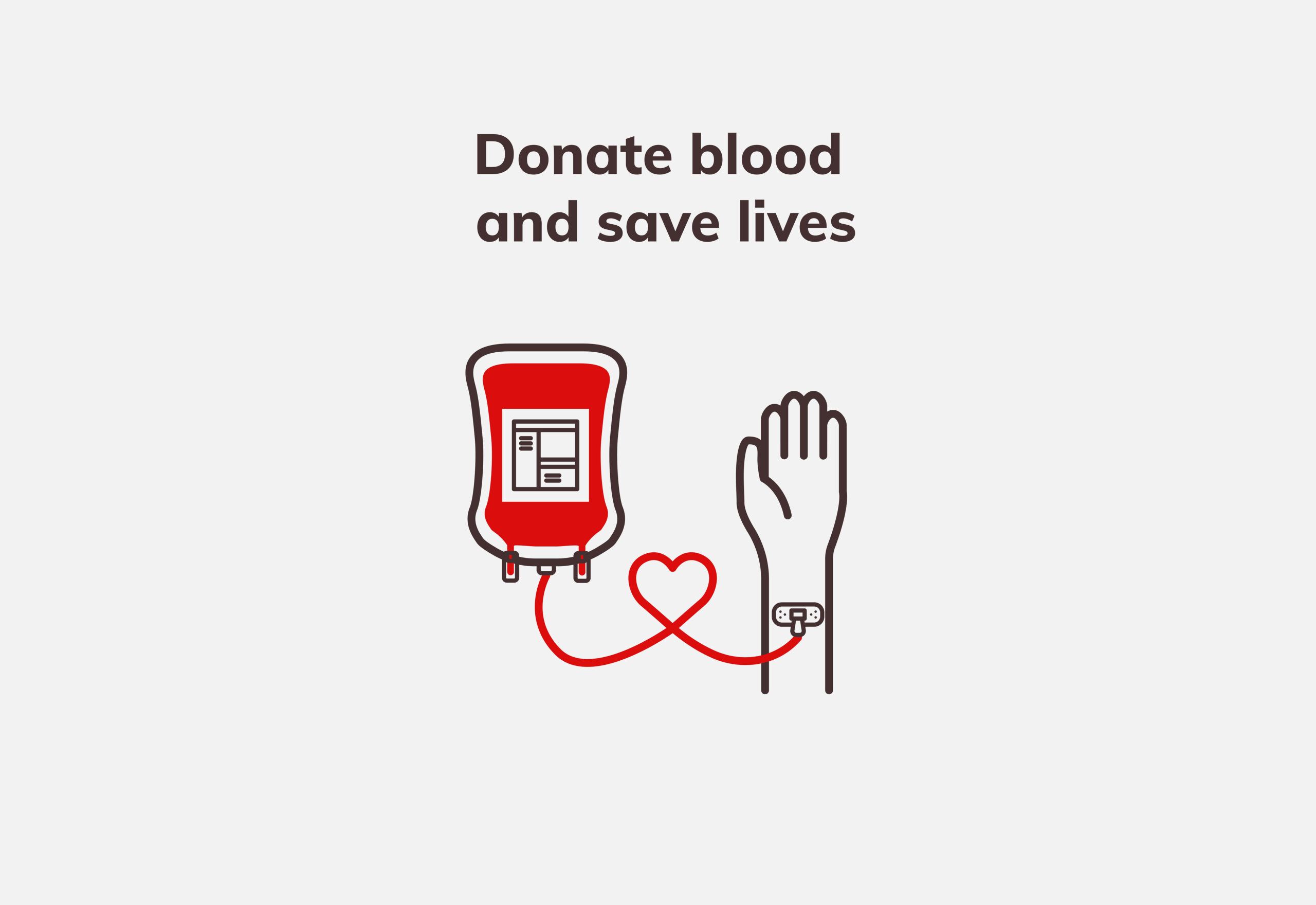“A chain is as strong as its weakest link.”
This phrase certainly isn’t lost on the younger generations; at the very least, they understand its most immediate meaning.
However, imparting that meaning to the likes of “it takes a village [to raise a child]” seems to be where we’ve become somewhat socially bankrupt.
It used to be that a community understood its own backbone, and it was a mix of being a strong chain link, being one of the village, and doing the bare minimum by giving back. This isn’t to take a cynically “communist” approach to life, but living in a community is, for the vast majority of the population, inevitable.
Some people are heavily civic-minded and give back whenever they can. Others have no problem taking what they’re given carte blanche. Not only is this why communism never works out, but it shines a light on the gaps we leave in our society and the small acts of selflessness that could literally mean life or death to someone else.
Donating blood used to be a much more common act of selflessness. In fact, it was almost part of the creed of raising one’s family, being a member of a church, or visiting certain functions, fairs, or festivals. The parents were the ones who were raised to be selfless in small ways, and they imparted that same value on their children.
But somewhere along the lines, a generation became apathetic in donating blood, sending the current healthcare world into a tailspin of blood emergencies, shortages, and question marks over what the next steps might be.
The cynics will say that in the age of 3D-printing and modern science, blood donations might be a thing of the past entirely. Fortunately for humanity’s sake, blood is not something that can be engineered in a lab; it’s simply too complex to be recreated. The only way to source it is through a small, quick act of charity that can quite literally save someone’s life.
We understand some people are squeamish. We understand some aren’t the biggest fans of needles. But is it really the biggest deal in the world to undergo fifteen minutes of slight discomfort to give back in one of the most profound ways possible?
After all, would you let someone’s discomfort stand in the way of a blood transfusion you would need in a life-or-death situation?
For some reason, small acts of charity are lost on this generation, in more ways than just blood drives. We remember a time when a blood drive could easily surpass its goal of fifty pints. Now, some drives are lucky to register above fifteen pints, far short of thresholds that are much more than field work quotas.
Now that it’s summer, blood supplies are even lower than normal. With everyone on vacation, spending time out in the hot, humid air, and generally disconnected from some of their communities and schools, blood banks and hospitals are on red alert all season long.
Do something painlessly selfless and painfully needed: find a blood drive and give a pint. For all you know, it might just be you one day in need of a seemingly-small donation. We hope there’s a village behind it.




